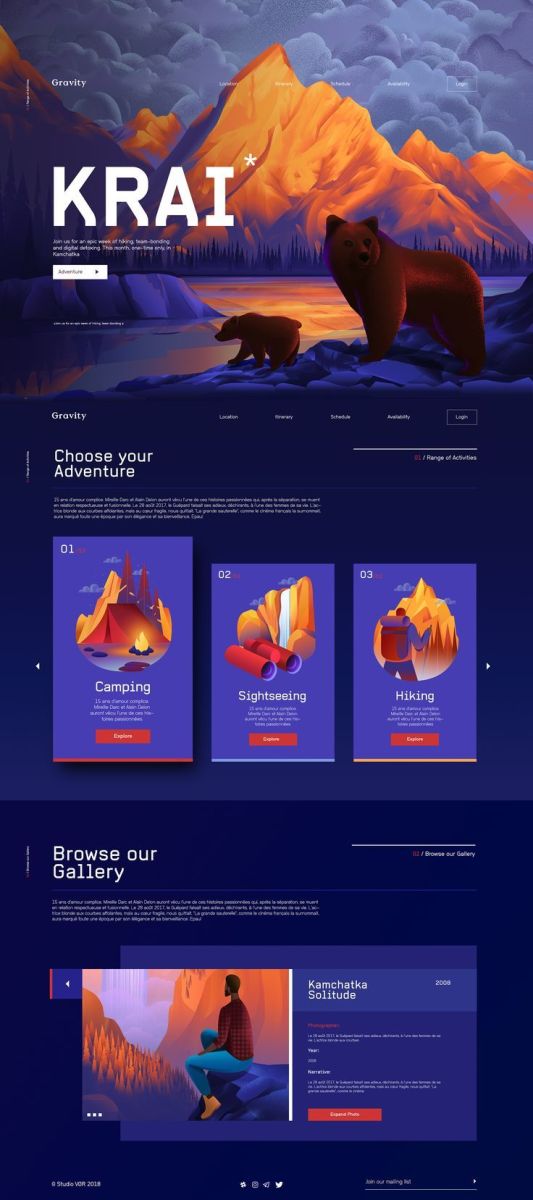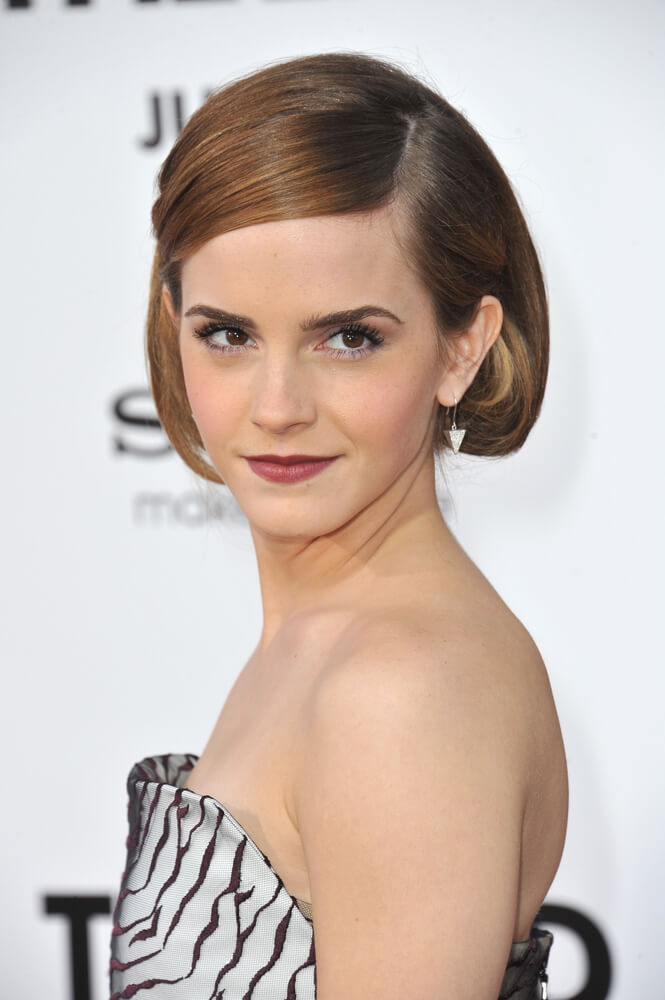Table Of Content

Proportion is the relationship between two or more elements in a design, particularly the size and scale of them. When things are "proportionate”, it means there’s a coordination between them that makes the design look aesthetically pleasing. Designers can guide this by using lines, edges, shapes, and colors to create focal points and encourage certain ways of seeing. It also creates a sense of consistency by using a repeating motif that the viewer comes to expect.
Spacing/Negative Space
What is circular design for food? - ellenmacarthurfoundation.org
What is circular design for food?.
Posted: Tue, 21 Sep 2021 07:00:00 GMT [source]
They could be an oversized logo, a splash of vibrant color, or even a captivating image that guides the viewer into the piece. The right font pairing can create a contrast that elevates your design, guiding the viewer's eye through the content. Asymmetry adds a touch of drama, breaking the predictability and making the design more dynamic. Framing refers to how the primary subject of a design is placed in relation to other elements on the page. It’s most often heard referred to in cinematography or photography, with how the main focus of an image is placed within the overall image.
Shapes
Because it can be translated to code, the solution is usually reusable and helps to solve recurring design issues. In my years as a developer, I have come across a lot of design patterns and design principles. Some are thought of by a team member and it works for that solution and some are defined by great minds, still maintained, and are used to this day. The design thinking process starts by looking at the needs, dreams and behaviors of people—the end users. The team listens with empathy to understand what people want, not what the organization thinks they want or need.

Movement in Graphic Design
Check out our guide to creating beautiful forms that convert. Notice how the most important parts like the logo and navigation menu are at the top, while the secondary information like clients and chatbot is at the bottom. The F-pattern applies to pages made up mostly of text, like an online or printed article. Readers scan in the shape of an “F”—first, with the headline across the top, then down the left side of the page, and to the right as they identify things they find interesting.
Positive space is the area that the subject of the composition occupies. If you go back to da Vinci’s portrait above, you’ll see that the woman occupies a lot of the portrait’s positive space. As a designer, you use positive space to display the most important elements of your design. Pattern happens when an object, image, or symbol is uniformly repeated throughout a visual composition. Anything can be turned into a pattern, though some classic examples include intersecting lines, shapes, and spirals.
What is balance as a design principle?

Knowledge acquired in the latter stages of the process can inform repeats of earlier stages. Information is continually used to inform the understanding of the problem and solution spaces, and to redefine the problem itself. We’ve outlined a direct and linear design thinking process here, in which one stage seemingly leads to the next with a logical conclusion at user testing.
Elements and Principles of Design in Conclusion
With the elements of visual design and design principles in mind, we will analyse a few websites to see how they come together, and why the designs work. We tend to identify objects by their basic shapes, and only focus on the details (such as lines, values, colours and textures) on closer inspection. For this reason, shapes are crucial elements that we designers use for quick and effective communication. Lines are strokes connecting two points, and the most basic element of visual design. We can use them to create shapes, and when we repeat them, we can form patterns that create textures.
Learn C# Essentials and Frameworks for New Developers
Insufficient contrast can make text content in particular very difficult to read, especially for people with visual impairments. As already mentioned, there is no real consensus in the design community about what the main principles of design actually are. That said, the following twelve principles of visual design are those mentioned most often in articles and books on the subject. In this article, we present you with a list of design principles, giving you a better understanding of how they work and why they matter. While consistency and repetition are potent design principles, they also risk visual fatigue.
Remember, not every design principle needs to hit you over the head. In this example, the same basic graphic illustrates each type of beer, but a subtle color change provides visual variety while perfectly illustrating the information contained. Mixing elements like textures, shapes, and colors can create a rich tapestry that holds the viewer's attention.
The visual size and weight of parts in composition and their correlation is referred to as proportion. It's generally more effective to approach your design part by part rather than a full thing. So, proportion is a major when you list the principles of design. Repetition is a principle of design that is vital for more than just one printed product. Beautiful graphic patterns are a big part of today's packaging design. Writing effective design principles is harder than it sounds.
The human eye is naturally inclined to seek out proportions and balance and follow the natural progression of any piece of visual art. As a general rule, it's best to use colors, textures, and shapes to create patterns. Try to avoid doing so with words — it tends to just give folks headaches. Despite the occasional bright colors and wacky designs, the key to creating effective patterns is simplicity.
Accessible design means, that people with visual impairments can still read and properly see your content. Contrast also creates depth in your design – elements with lower contrast “fade away” and parts with high contrast “pop” and move to the foreground. Enlarging an object’s size is the best way to guide attention. The biggest text and pictures will immediately catch the viewer’s eye, whereas the smallest shapes will be seen last.

No comments:
Post a Comment